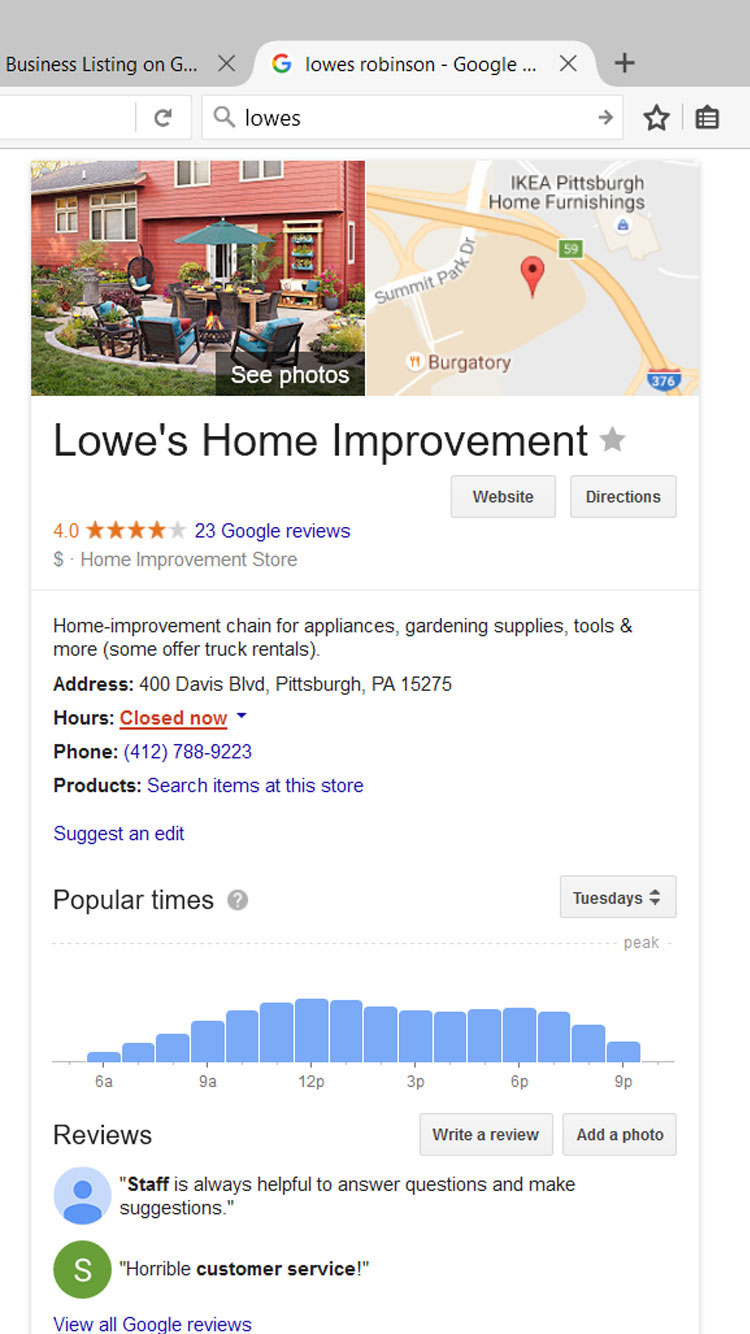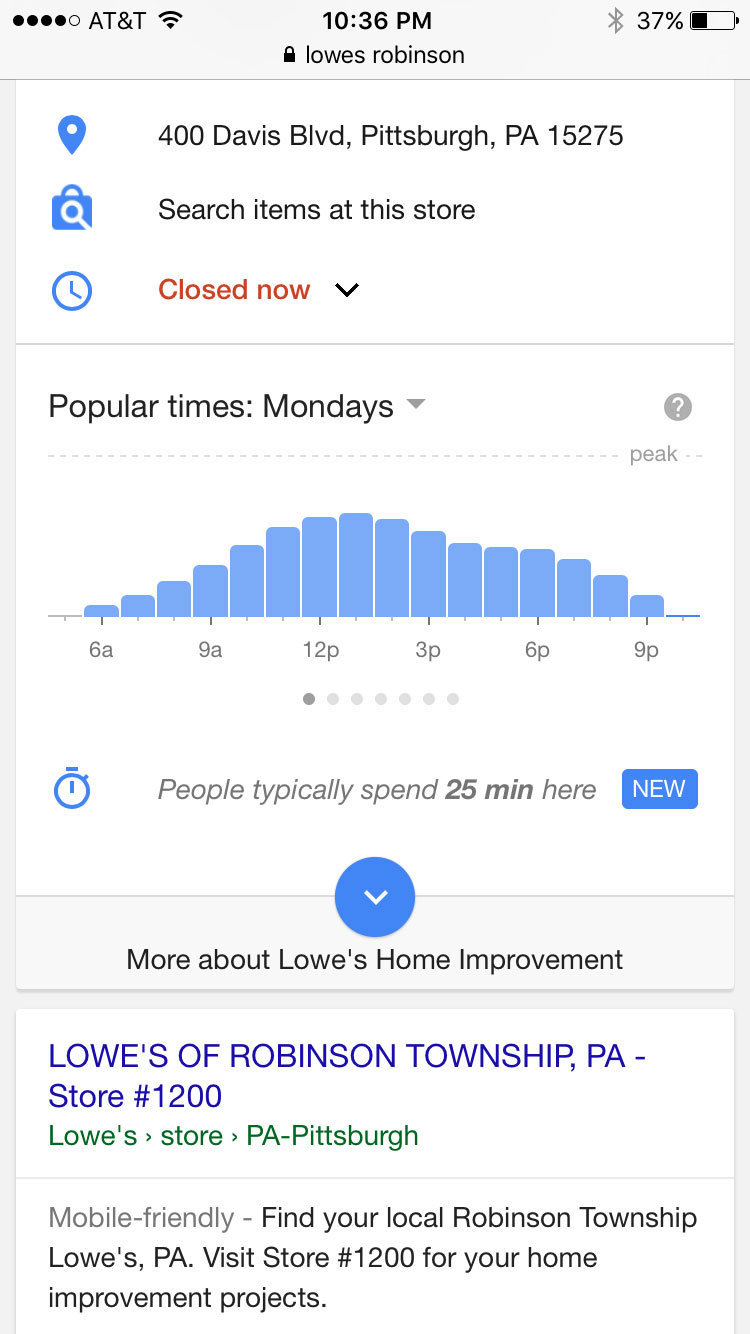For this review we're going to make some assumptions:
- You are a developer
- You are looking to integrate a WYSIWIG editor to obtain user input
- Your users are not developers, and are looking for a simple, intuitive, interface
- You are looking for a freely licensed platform in either JS, or PHP
After giving the most common options a once-over, and eliminating all paid platforms, we've decided to narrow our choices to:
TinyMCE
TinyMCE is a true and tested Editor that has been around for years and is integrated into quite a few existing content management platforms, such as WordPress, Joomla!, Magento, and more. It is released under the Open source (LGPL 2.1) license; however there are a number of paid plugins and options available from the developers. There are also a number of free plugins that are available by default, and produced by the open source community. Due to it's wide adaptation, TinyMCE is, or has been, in every developers toolbox at one time or another.
The editor itself is easy to install; all you need is to include a JS file into your page, and use a few lines of javascript to transform an element into a TinyMCE Editor. There are a plenty of options on the code level, and initiating multiple editors is a breeze; if the platform itself doesn't include a specific function by default, there is most-likely a plugin for it - https://www.tinymce.com/docs/plugins/. The platform is also mobile optimized, and works fine on the devices we tested it on.
The main complaint we have with TinyMCE is that there is no default file managers or uploaders in the free package. With the release of TinyMCE version 4, the source team created Moxie Manager, which is a monthly subscription. There are a few free plugins that exist on the web, however we have not tested them.
> Overall TinyMCE should be your go-to if you have no need for your users to manage media or access the file system.
CKEditor
CKEditor is also a widely adopted and utilized editor that has been used by platforms such as MailChimp, Adobe, and the GetSimple CSM. It is released under the GPL, LGPL and MPL Open Source licenses; however, there are also premium versions which include tech support and a few paid plugins. The platform itself allows you to download it with any of its default 72 free plugins.
Just like TinyMCE, all you need to do is include and external file, write a few lines of Javascript, add a <textarea> element, and 'viola!' - anyone with at least one hand can start entering some text. Configuring the plugins is easy, and they include just about anything you would ever need - we haven't had a need to look for any 3rd party plugins yet - but they do exist if you need them. The interface is a little more easy on the eyes than TinyMCE and should be very easy for even the most computer-illiterate user to pick up. One of the big bonuses we see in CKEditor, is the integration of some great copy-paste functionality that allows users to upload images just by copy-pasting them (or drag and drop).
> We would recommend CKEditor for any input area where your users might need to upload media, there are also few video plugins available, however we have not used them personally.
Summernote
Summernote is new on our radar, and we included it here to force us outside our box and look at a new product. Summernote was no harder to set up and get running than CKEditor or TinyMCE - however it does depend on the Bootstrap CSS/JS, so make sure to include it after you include those elements. Also Summernote had no CDN that we could find, however that will most likely change as it is used more widely. The platform is distributed under the MIT license and had no paid counterparts that we could find (although there is a donate button on their page).
Overall, the platform looks very clean, and may be the most attractive looking of the 3 we reviewed. It includes a number of skins you can utilize, and the basic functionality of text editor. There are no 'plugins', as all the functionality is included in the base download - this makes the setup easy (but also limiting). The editor does include some native upload functionality, which is great, and has some awesome integration with CodeMirror for displaying the HTML code being edited.
Obviously however, Summernote is in it infancy - only being on version 0.8 and released initially just a few years ago. While not having plugins makes the initial setup simple, we could not find a file browser or a few other plugins the other platforms have by default, which would mean we would need to integrate them ourselves or scrape some code from their forums. The dependency on Bootstrap is also limiting in my eyes, as Bootstrap is constantly changing as well; however, there is much time for this platform to undergo some changes and become as fully-featured as the rest.
> If you need to throw something together quickly, and want to give it a try, you probably won't have any problems - We'd keep our eye on Summernote, and revisit in the future to see how it's developed.


 Pure Oxygen
Pure Oxygen